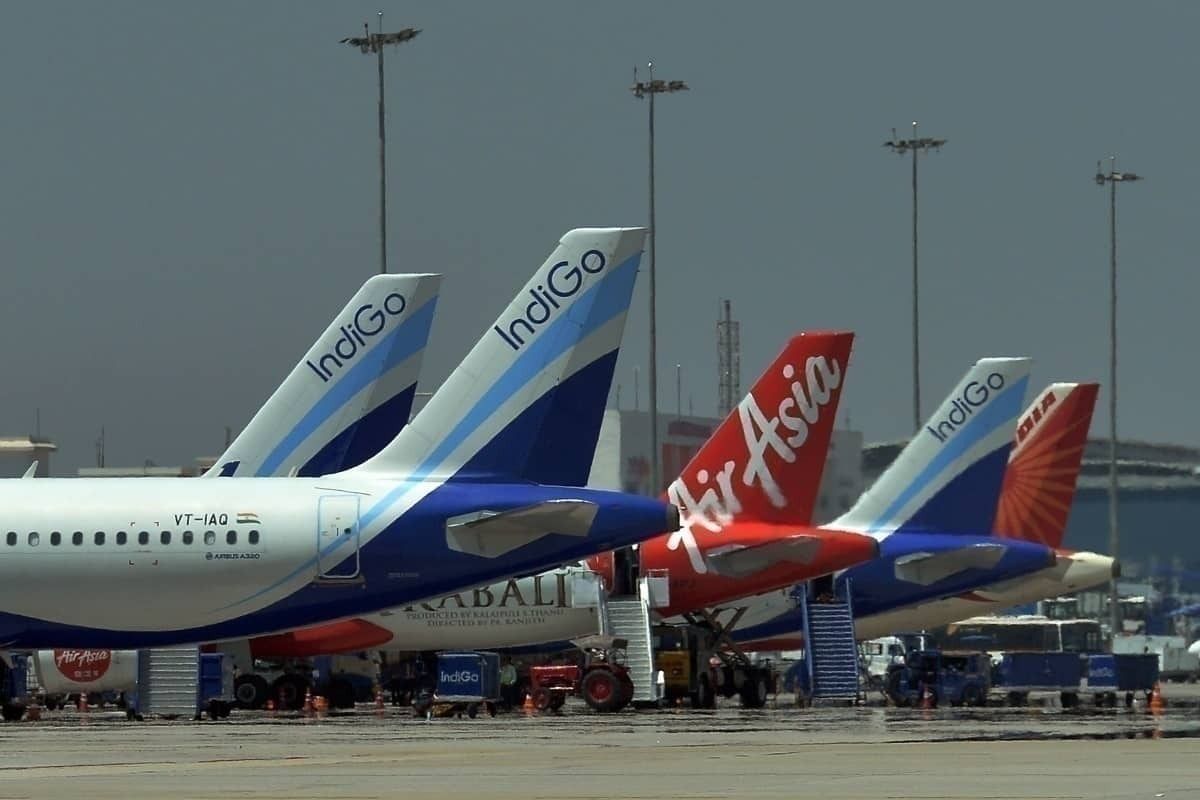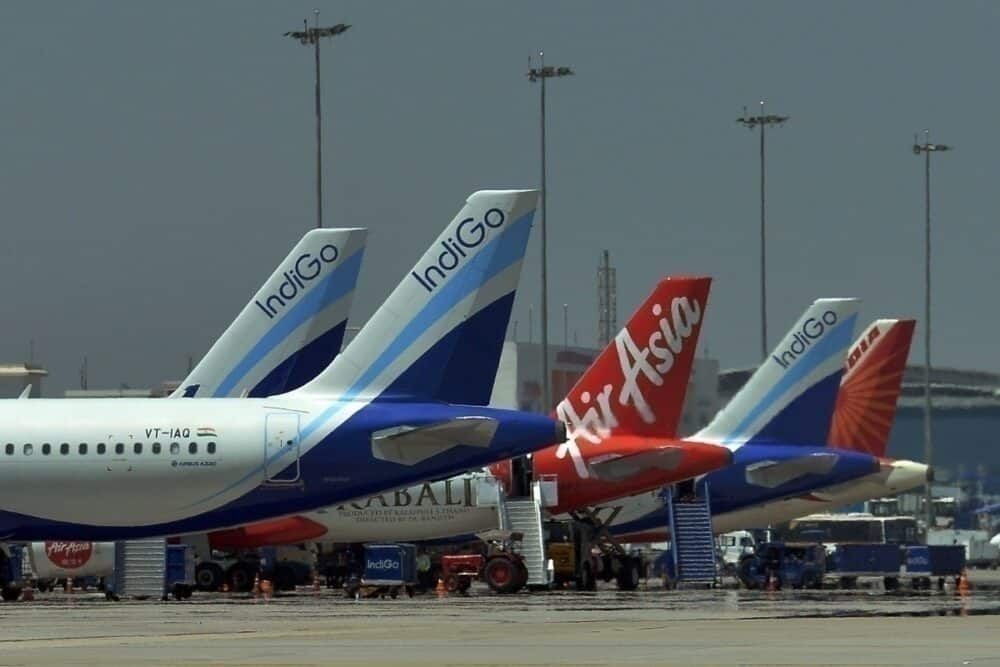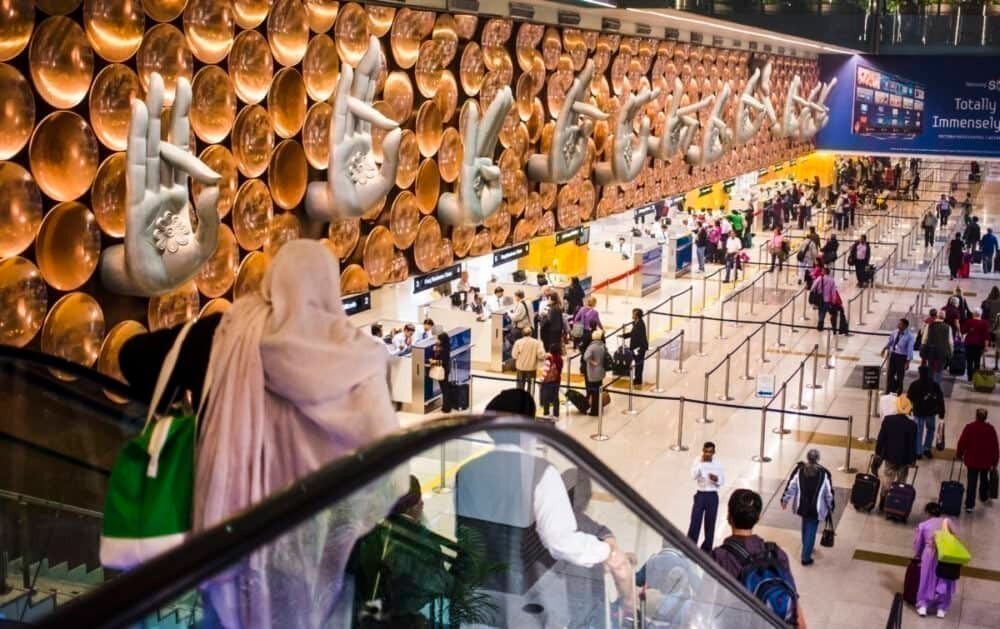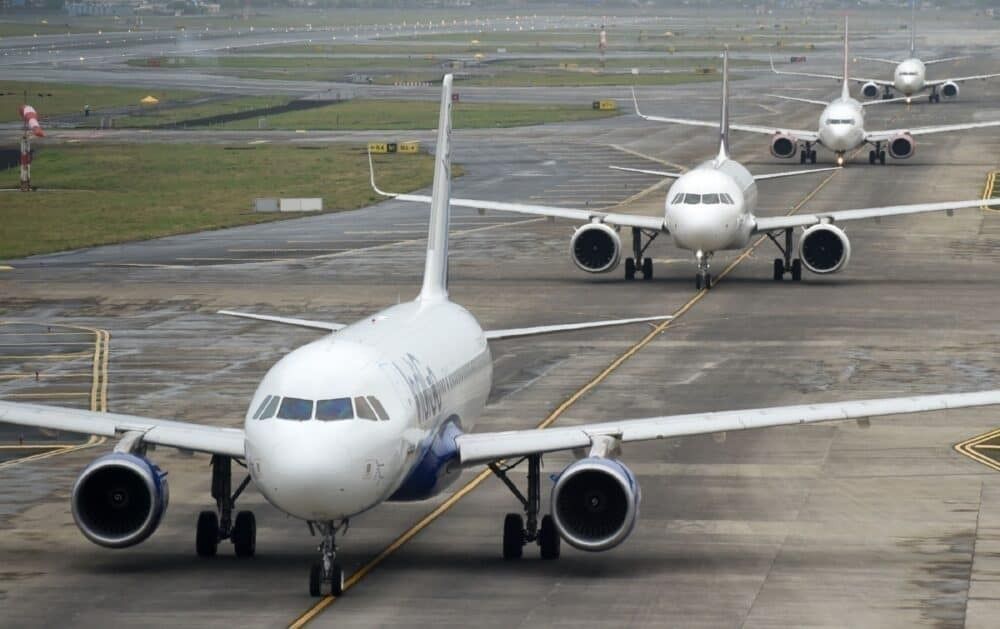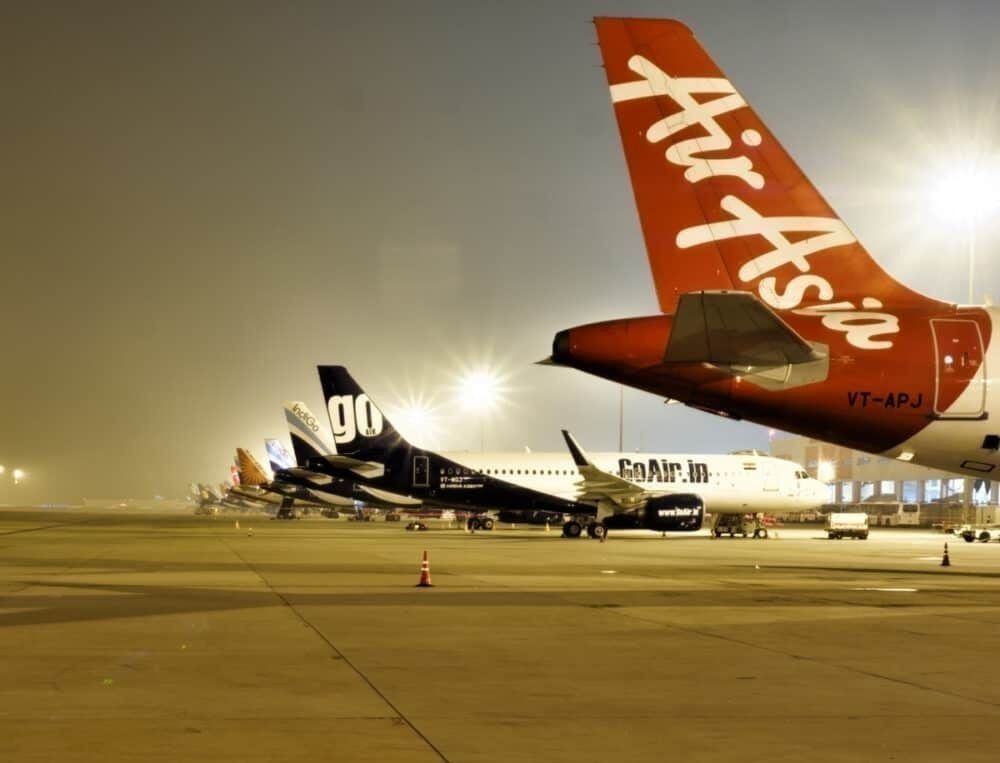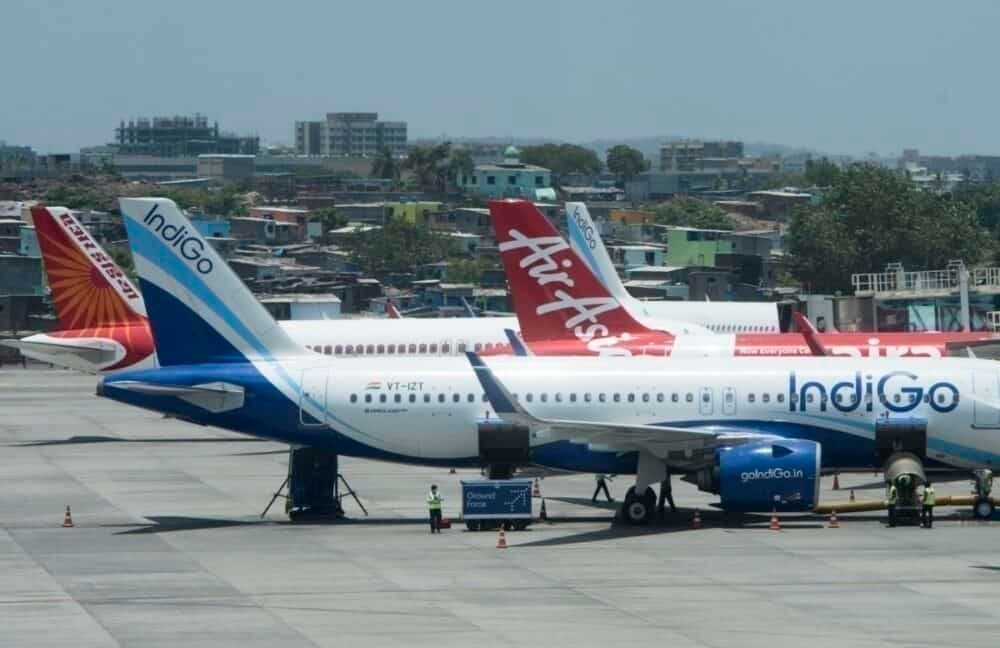India is home to several busy airports, serving destinations around the country and world. As one of the few large aviation markets that is still growing, it is interesting to see which airports are the busiest and which are growing the fastest.
New Delhi leads the pack
By all measures, New Delhi's Indira Gandhi International Airport is the busiest in the country. In the last fiscal year, the airport saw 67.3 million passengers pass through the capital city's airport.
A majority of these passengers were domestic, with just under 50 million taking domestic flights. International flights made up only over 31% of Delhi's traffic, accounting for 17.8 million passengers.
Stay informed: Sign up for our daily aviation news digest.
Last year's figure represents a slight drop since 2018 when the airport saw 69.2 million passengers. This could be due to a slowing of flights in February due to health concerns and the demise of Jet Airways in 2019, which was a major operator out of the hub.
Delhi's traffic has grown drastically in the last few years. In 2014, the airport saw just 40 million passengers in total. However, the airport saw double-digit growth of 18% in 2015 and subsequent years saws a similar rise. The airport has seen traffic rise by nearly 60% in the last six years, a dramatic feat for any large airport.
Others catching up
While Delhi might be leading for now, other airports on the list are growing too. Mumbai Airport comes in second, handling 45.8 million passengers in the fiscal year 2019. While this is much lower than Delhi, it must be remembered that Mumbai is a single runway airport, compared to Delhi's three. Mumbai is now the busiest single-runway airport in the world, overtaking London Gatwick a few years ago.
Mumbai, too, saw a drop in traffic last year, with 48.3 million using the airport in 2018. This can be chalked up to the absence of Jet Airways, whose hub was Mumbai. The demise of Jet meant much fewer domestic and international flights for many months.
Third on the list is Bangalore. Bangalore International Airport saw 32.3 million passengers in 2019 and has seen tremendous growth in the last few years. Traffic grew 24% in 2018 and 2017, making the airport an important destination for airlines. Passenger traffic has more than doubled in the last six years alone.
More airports on the rise
India's growing aviation sector has meant more airport processing nine-figure passenger numbers. The competition among Chennai, Hyderabad, and Kolkata is fierce, all within 1-2% of each other. Here's a list of the airports and their 2019 passenger numbers:
- Chennai International Airport: 22.2 million passengers
- Kolkata International Airport: 22 million passengers
- Hyderabad International Airport: 21.6 million passengers
- Ahmedabad International Airport: 11.4 million passengers
It's clear that India's airports are not going to stop growing any time soon. While the current crisis has shrunk the market, we can expect that these airports will recover quickly and see new routes reasonably soon.
Have you flown through an Indian airport? What was your experience? Let us know in the comments!

